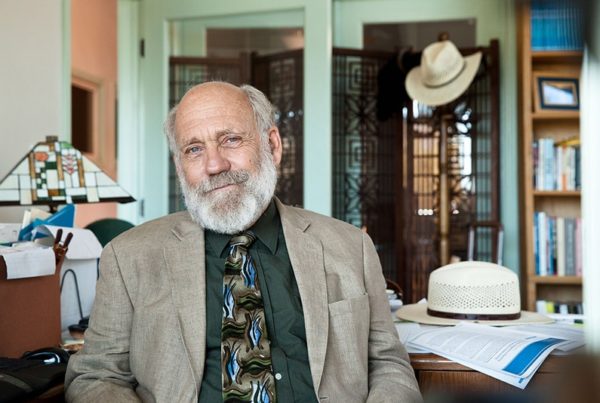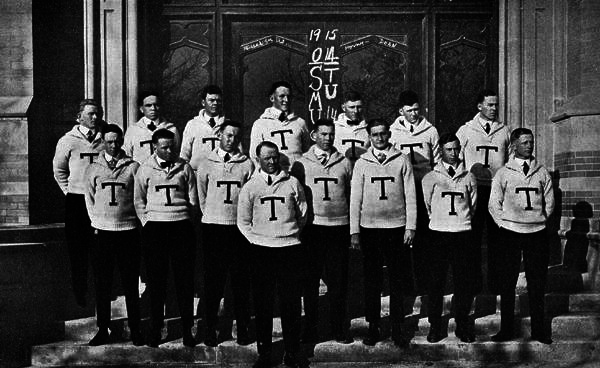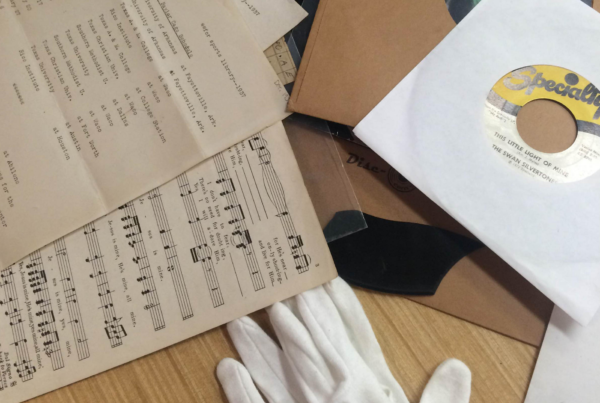From Houston Public Media:
If you know exactly where to listen, you can hear the shrill call of the Houston toad, living many miles west of Houston in one of the few places where you can still find them. There may be only hundreds remaining and that’s why the toad is a federally designated Endangered Species.
To see a Houston toad up close, we were allowed inside the Houston Zoo’s special breeding facility. Here in rows after aquariums, they’ve been breeding the toad and have harvested over a million eggs since 2013. The zoo is the only place in the world doing this work on this scale. The eggs are eventually released into ponds in protected habitats.
Toad keeper Melissa Spradley is holding a male that here indoors doesn’t give that shrill call but instead gives us a little chirp: “He’s making a quiet little croak.” (Click above on “Listen to the Radio Story” to hear it).
“This animal is uniquely Texas,” says Stan Mays who joined us in the breeding facility. He’s the Zoo’s curator for amphibians.
“It was well adapted to the Houston area before there was urbanization. It’s a Texas native and you hate wiping out anything that’s a Texas native,” Mays says.
But stopping the Houston toad from being wiped out hasn’t been easy. Unlike the Gulf Coast toad that you see all the time, the Houston toad is much more sensitive. It could not adapt to the Houston region’s transformation from prairies and forests to parking lots and subdivisions.
Now, one of the only remaining habitats for it is in and around Bastrop State Park, 35 miles east of Austin. But the drought and then the wildfires in 2011 decimated that habitat, driving the Houston toad north and east of the park. So critical is this area to the toad’s survival that the Federal government designated 124,000 acres for protection under the Endangered Species Act. The point is to limit land use so the toad can thrive. At least, that’s the idea.

















